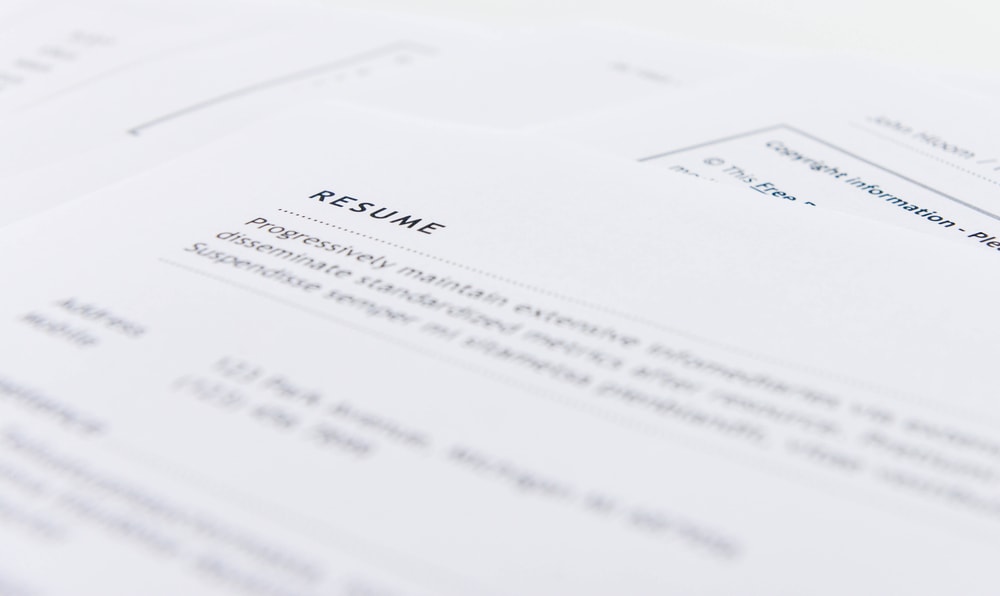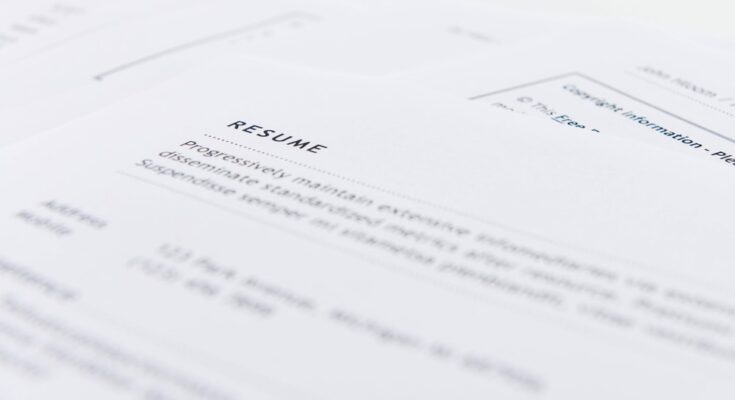Knowing how to shorten a resume can be key to creating an effective document. Recruiters sometimes have to read hundreds of applications daily. Therefore you should aim to create a resume that’s quick to read and doesn’t go on too long.

However, shortening a resume is a tricky balancing act. After all, you don’t want to cut something that could enhance your prospects. Nevertheless, leaving too much on the paper could make information harder to pick out and reduce the influence of your document.
In this guide, we’ll show you how to construct a resume that’s both not too long or too short. We examine what can be deleted safely and where you can use some space-saving techniques to get more impactful information on the page.
Start With an Easy-to-Organize Template
A clean and organized template is one of the best methods to start on your way to a shorter document. By optimizing the space you use, the more you’ll be able to fit on a single page.
This can be done in a few ways. First of all, you can adjust margins on the page to allow the text to be displayed over a wider area. Secondly, carefully plan out the sections you want to include and consider if they serve the overall picture you’re trying to create. If they add detail that doesn’t fit, simply leave them out.
However, don’t forget to keep enough white space on the page. Documents that are filled-to-the-brim with text are nearly always impossible to read. Don’t be afraid to leave a little bit of room to take the strain off the reader’s eyes.
Pick Out the Best Highlights for the Position
Every resume you send out to employers should be tailored for the position you’re targeting. Therefore, before you commit the data to paper, revise the job listing and description to find out what the hiring manager really wants to see. Once you’ve pinpointed what that is, make sure to give it priority on the page.
Aside from this, focus on communicating your most employable features. Note down the achievements and skills you put to use as well as the tools you used to achieve great results. Give special attention to numbers that communicate your great performance and get any useful percentages, monetary amounts, or other key stats down on the doc.
Do More With Fewer Words
When writing a resume, less is often more. This is especially true of the words you use on a job application such as this.
A resume doesn’t need to be a wordy document and doesn’t need to read like a book. Its main job is to communicate information about you quickly.
To make sure everything is focused, try to express information in short sentences, and use keywords and action verbs to make sure the text really packs a punch.
Break Info Down into Bullet-Points
One of the best ways to use formatting in your favor is to forget about paragraphs in your work experience section and to replace them with bullet-point lists. This allows you to convey a lot of information in a much more efficient way and to make the whole document easier to read.
Try and use each bullet to express one key achievement or skill. This will make it much simpler for the recruiter to find your most hirable features.
Merge Sections Where Possible
An extra section can sometimes be positive but if there’s already a lot of details being expressed on a page it may have to go.
However, don’t throw the baby out with the bathwater. Some of the information being cut doesn’t need to be discarded entirely. Instead, try and find the details that could make a difference a new home on the page.
For example, if you won an award whilst working with one of your previous employers, cut the Awards and Achievements section and slip the information into the work history area instead as a bullet point.
Cut Down the Contact Information
Contact information is often the part of the page you should leave intact. However, even this can be trimmed down a little if necessary.
This should be done sparingly of course. After all, the recruiter needs to get in touch with you if they are interested. Yet, it is possible to clip these details down a little.
You can easily forgo your full address on the page as its very unlikely that the hiring manager will contact you by mail.
Instead, focus on adding shorter more streamlined contact methods like your phone number and email address. To avoid listing too many phone numbers (assuming you have a landline), simply add in the one that you can respond to most easily.
What’s the Best Length for a Resume?
Normally, it’s recommended to trim your resume down to just 1 or 2 pages. This is beneficial in many ways, however most importantly, it is easier to skim read than a document that spans more than one sheet.
Never let the document run for more than 2 pages. Recruiters won’t be very impressed with lengthy resumes and will normally bypass them in favor of shorter, more concise profiles.
ResumeCoach can help you get your resume on track with its easy-to-use resume generator tools. Try it now to take advantage of optimized templates, easy to edit sections, and stylish designs and fonts.




